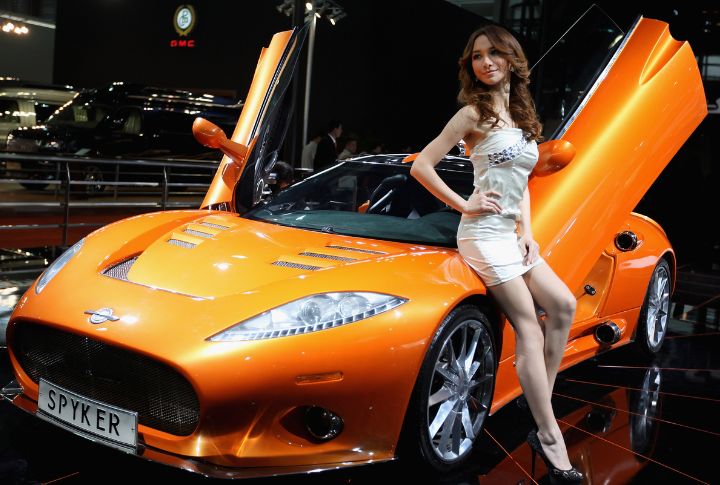
Cars like the Ford Mustang and the Jeep Wrangler had designs that gave them legendary status. But not all automotive icons stay that way. Trends shift, technology advances, and sometimes, a car’s initial charm can wear off with time. Likewise, when over-hyped features become outdated, many users prefer to choose a reliable car over one with flashy looks. Unlike vehicles that age well to become vintage classics, these 15 dipped terribly, losing the appeal they once had.
Fourth-Gen Ford Mustang
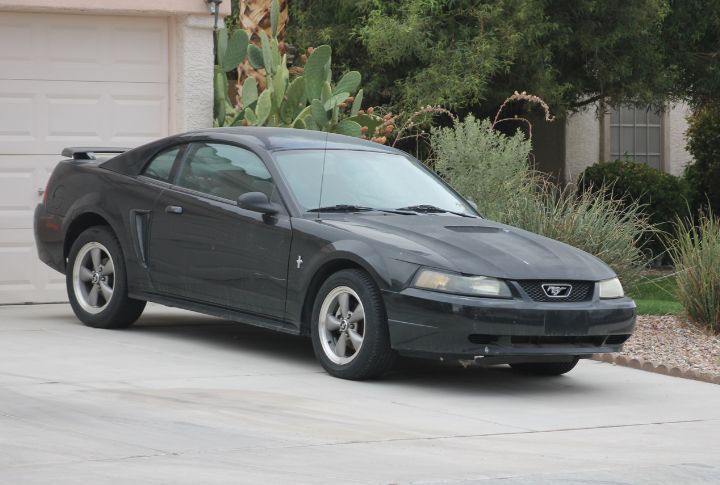
After a boxy third generation, Ford returned the fourth-gen Mustang to the classic muscle car look. They added design elements from the original 1960 models for fans who loved the retro aesthetic. However, it seemed the not-so-powerful engines got the best of them. Despite being the official pace car for the 1994 Indianapolis 500 and getting a cameo appearance in the “The Fast and the Furious” movie, its appeal has reduced over the years.
Chrysler Concorde
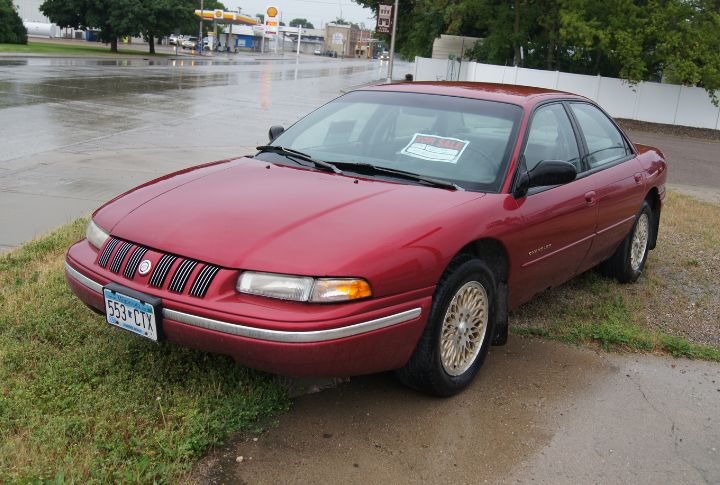
This full-size vehicle shifted from the usual boxy sedans; it had a more modern and aerodynamic design with smooth curves and a flowing body line. Although the Concorde stood out with its almost Aston Martin vibes, its good looks couldn’t keep it in the spotlight. The car had several issues, like engine failure from oil sludge, transmission problems, fading paint, and high fuel consumption.
Ford Taurus

The Ford Taurus once represented American automotive innovation, selling like hotcakes across the country. The vehicle improved the sedan market with its comfort and affordable price, cementing its place as a family car. Years later, Ford temporarily discontinued the line in 2006 due to its unremarkable looks and performance compared to more modern sedans and SUVs.
Cadillac Catera
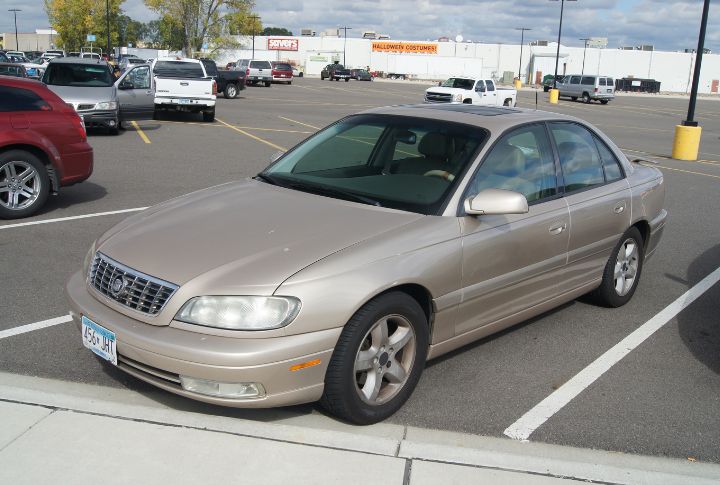
The Catera was a short-lived experiment for Cadillac to open the European luxury market. It was essentially a rebadged Opel Omega, a German sedan built by General Motors’ European subsidiary. While the aim was to compete with entry-level BMW and Audi luxury cars, its performance was mid. Also, the repair bills for timing belts and cooling systems, plus constant electrical issues, made it fall out of favor with the market.
Dodge Intrepid
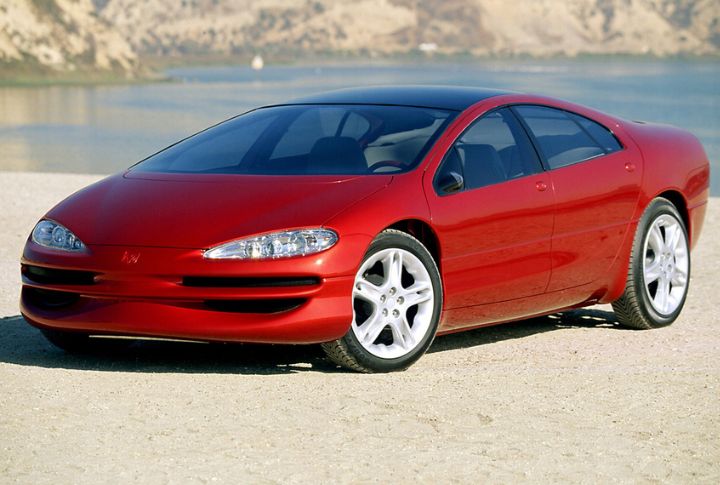
The Intrepid carved out a niche as a spacious, comfortable, and surprisingly sporty American sedan. However, it’s one of those cars you only remember when you see them, and then they immediately remind you of the reason they’re no longer common. It became irrelevant due to constant engine issues, transmissions that wouldn’t shift, and an outdated style.
Land Rover Discovery
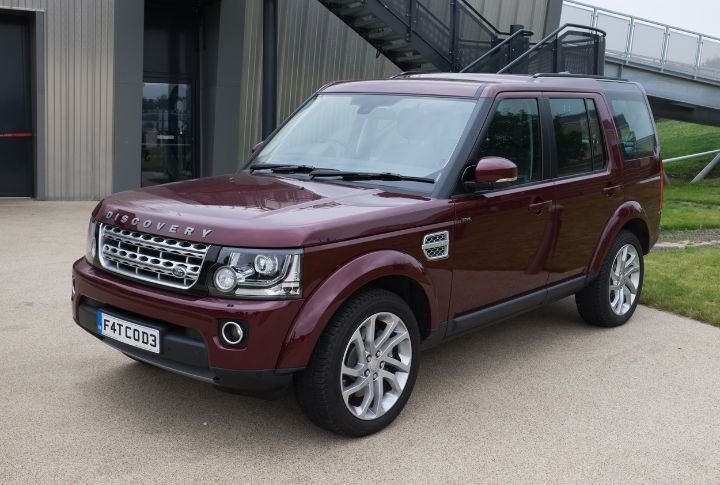
This mid-size luxury SUV racked up sales due to its off-road terrains and spacious interior. It came in different trims that buyers could choose from, including the Discovery HSE with advanced luxury features and the off-road Discovery R-Dynamic S. Although it had a standard all-wheel drive, a sophisticated suspension system, and advanced traction control system, its poor fuel economy wasn’t worth its exorbitant price.
Chevrolet Lumina
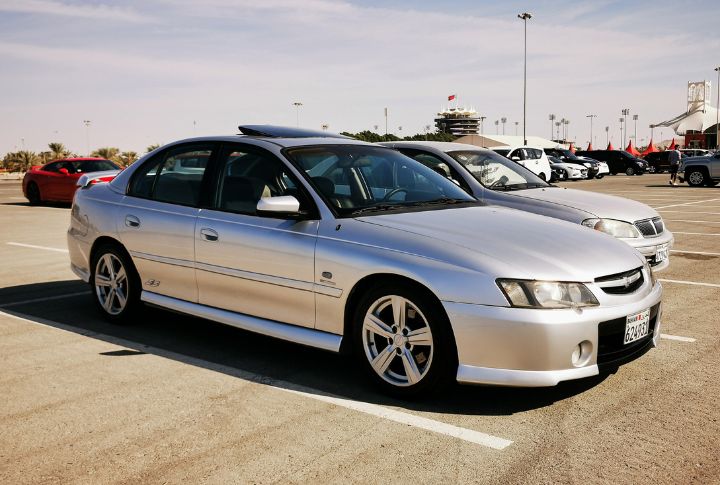
You probably don’t remember the Chevrolet Lumina, which many once considered the ideal family car. Sadly, it fell behind because its “boring” design wasn’t as stylish as some of its competitors. Fuel efficiency also became a growing concern for consumers, as its V6 engines could have been more economical.
Pontiac Sunfire
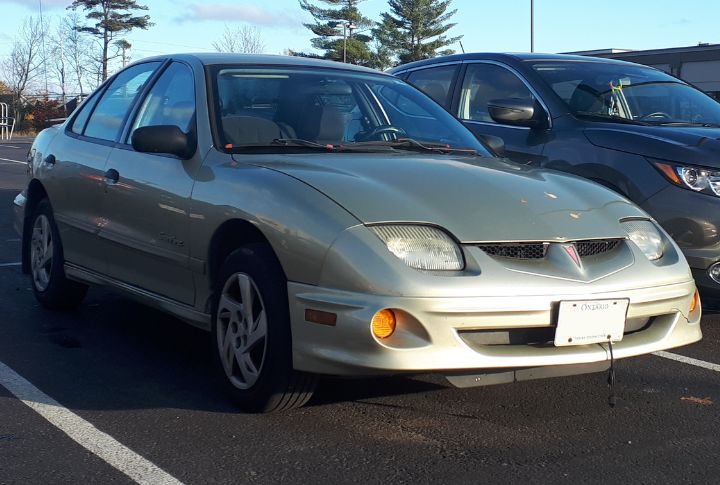
One look at the Pontiac Sunfire, and you could’ve sworn it had the potential to replace the aging Sunbird. It had a sleek body style, available as a coupe and convertible for drivers who wanted a car with more personality. Unfortunately, it couldn’t compete with cars like the Honda Civic, Toyota Corolla, and Ford Escort. Its engine wasn’t the most powerful, and the three-spoke alloys got outdated fast.
Rolls-Royce Phantom
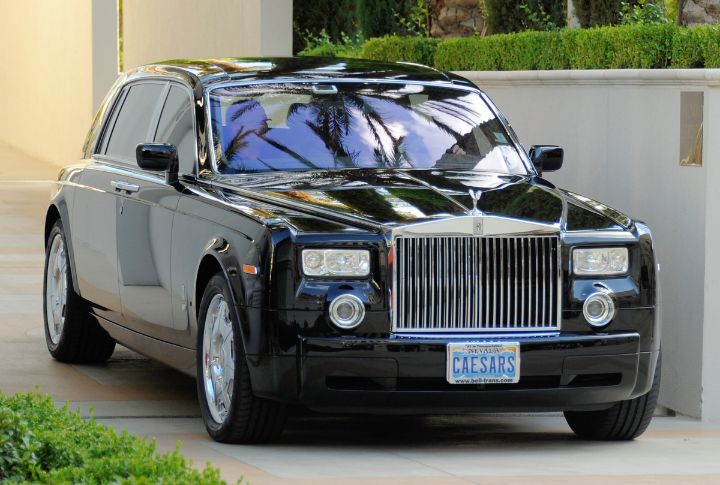
The Phantom nameplate started in 1925, making it one of the longest-running car models in history. Likewise, Rolls-Royce is a top-tier brand associated with luxury automobiles. While it’s shocking to find this legendary vehicle on this list, the Phantom deserves a spot for looking older than it is without achieving vintage status.
Ford Thunderbird (11th Gen)
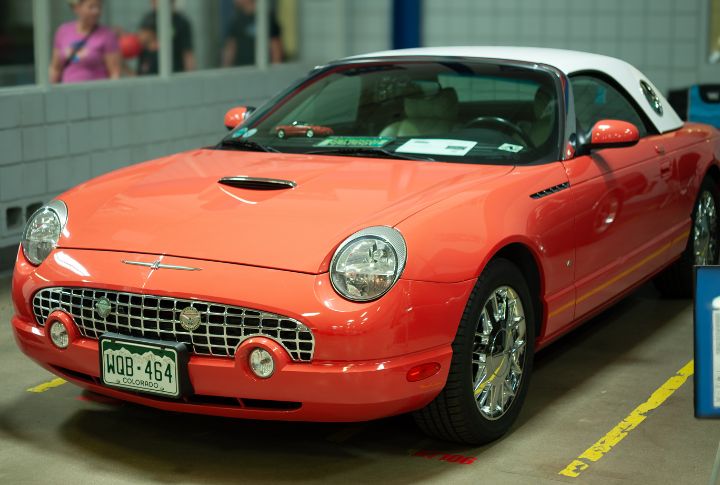
After a five-year break, Ford reintroduced the Thunderbird in 2002, capitalizing on the retro design trend of the early 2000s. Sadly, this tactic backfired, with critics saying the design idea should’ve stayed on the drawing board. When sales figures fell short of expectations, Ford stopped its production in 2005 after just three model years.
Toyota MR2 Spyder

The MR2 Spyder never achieved mainstream success, as production numbers were relatively low throughout its lifespan. Critics consider this mid-engine roadster the low-budget version of high-performance sports cars because while it had sleek looks, it didn’t have a powerful engine. You can find it cheap on the used market, evidence that it fell off at some point.
Spyker C8

This Dutch car has a long history in the automotive industry, but it made a big break in the early 2000s with the C8. Somehow, the brand created a sleek sports car with a muscular look that stood out. It had upswept side vents with a gill-like design and an optional diamond-quilted leather interior. Still, the sad fate of its predecessors caught up with it, and it lost its magic.
Bugatti Veyron
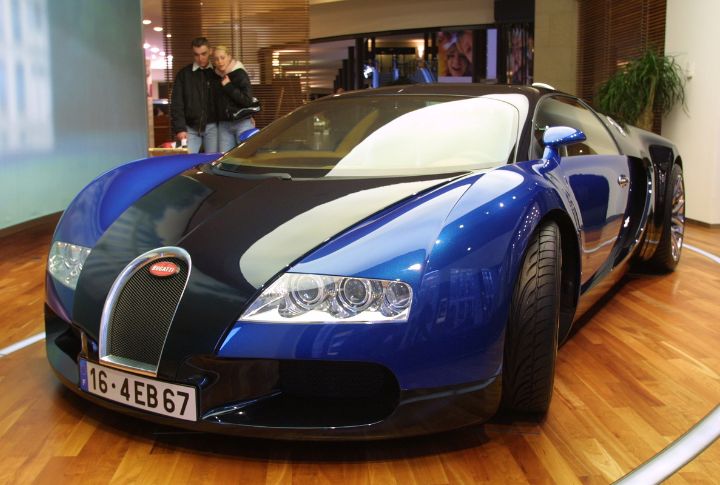
With a name synonymous with outrageous speed, luxury, and class, you’d expect the Bugatti Veyron to dominate the automobile world forever. Unfortunately, times have changed, so it has to compete against many other sleeker machines. While it’s still one of the best high-performance cars in the world, its two-tone paint job and front grille make it look like a kit car rather than a speedster.
Geo Metro
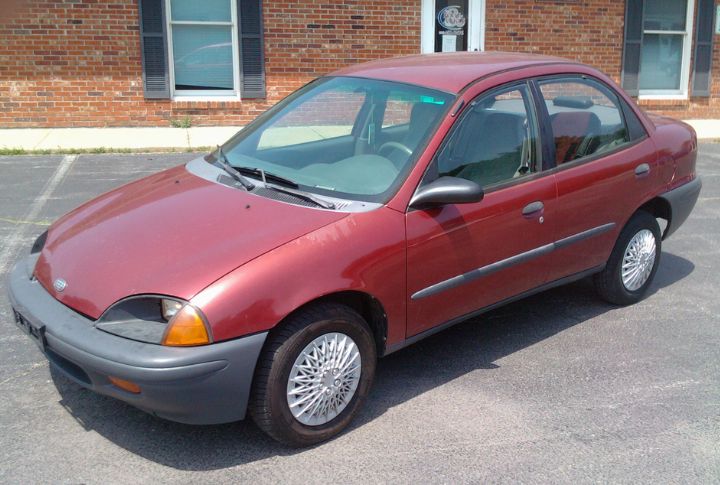
General Motors started the Geo Metro in 1989 as an affordable option for people who want to save more fuel. However, the carmaker made a costly mistake, making it too simple. Besides lacking a powerful engine and luxurious features, people started to feel its extreme featherweight made it unsafe during accidents.
Chevrolet Cobalt SS
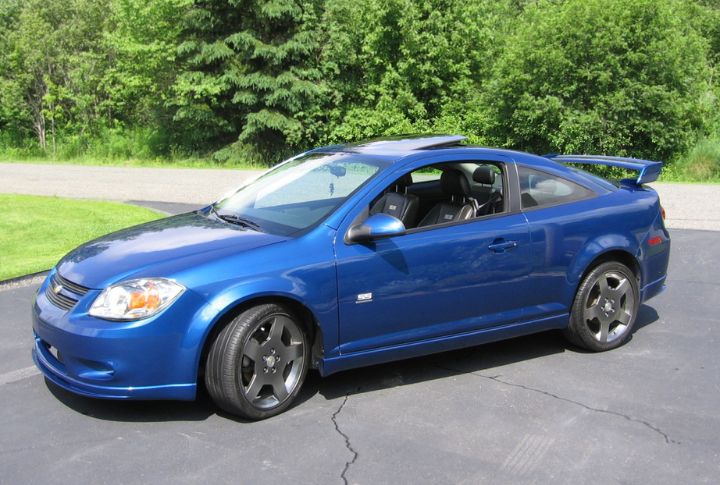
The Cobalt SS is one of the first cars that come to mind when discussing cars that tried too hard to look sophisticated. Despite having an engine that generated 205 HP and an affordable price compared to competitors, its charm wore off fast. Many people complained about its mediocre interior quality, but the bland look was the deal breaker for many people.
